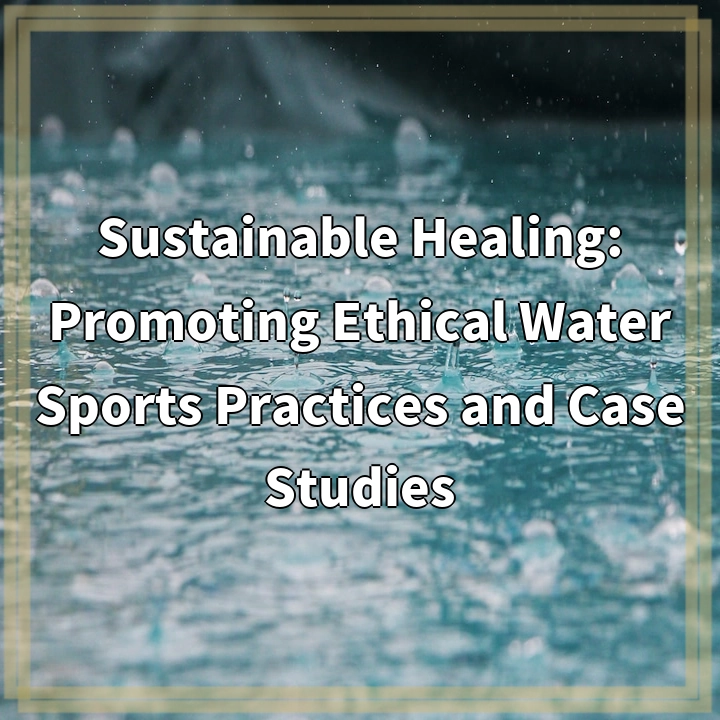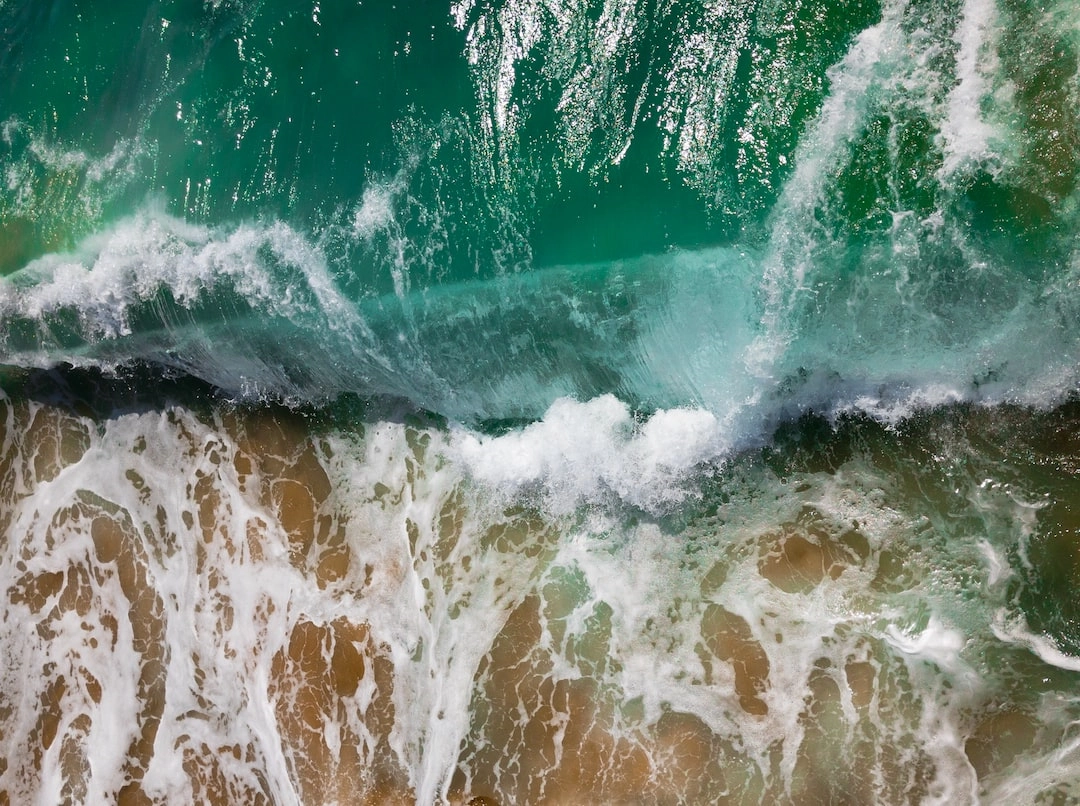
What is Sustainable Healing: Promoting Ethical Water Sports Practices and Case Studies?
Sustainable Healing is an initiative aimed at exploring and promoting ethical practices in the field of water sports. It focuses on sustainability, conservation, and the responsible use of water resources. As an emerging trend, sustainable water sports seek to minimize the environmental impact of activities such as surfing, paddleboarding, kayaking, and sailing, while simultaneously providing avenues for recreation and healing in natural environments.
Real-World Problems Associated with Sustainable Water Sports
While water sports offer numerous benefits to individuals and communities, they also present several challenges that need to be addressed in order to ensure long-term sustainability. Some of these problems include:
1. Pollution and Waste Management
Water sports activities, especially in popular tourist destinations, can contribute to water pollution through the release of chemicals, plastics, and other waste materials. Poor waste management practices and inadequate infrastructure can exacerbate this problem and harm marine ecosystems.
2. Habitat Destruction and Biodiversity Loss
Unregulated or poorly managed water sports can lead to habitat destruction and disturbance of fragile ecosystems. Damage to coral reefs, seagrass beds, and other sensitive habitats can have a significant impact on marine biodiversity, including fish populations and other marine species.
3. Social and Cultural Impacts
The growth of water sports tourism can put pressure on local communities and their cultural heritage. This can lead to conflicts over resource use, overcrowding of popular destinations, and the displacement of traditional activities and livelihoods.
4. Climate Change Vulnerabilities
Water sports, like many other outdoor activities, are directly affected by climate change. Rising sea levels, increased storm intensity, and changing weather patterns can disrupt water sport operations, threaten infrastructure, and impact the overall experience.
By addressing these real-world problems and promoting ethical practices, Sustainable Healing strives to ensure that water sports continue to thrive in a way that respects the environment, supports local communities, and offers opportunities for healing and recreation for generations to come.

Solutions for Sustainable Water Sports Practices
In order to address the real-world problems associated with sustainable water sports, it is important to implement proactive solutions. Here are some key strategies and initiatives that can promote ethical practices and ensure the long-term sustainability of water sports:
1. Education and Awareness
Increasing education and awareness about the environmental impact of water sports is crucial. This includes educating participants, operators, and the general public about best practices for pollution prevention, waste management, and biodiversity conservation. Awareness campaigns and educational resources can help foster a culture of sustainability within the water sports community.
2. Infrastructure and Facilities Improvement
Improving infrastructure and facilities is essential for sustainable water sports. This includes establishing proper waste disposal systems, recycling programs, and pollution control measures. Building sustainable infrastructure that minimizes the ecological footprint and integrates with the natural environment can help mitigate the negative impacts of water sports activities.
3. Regulation and Enforcement
Implementing regulations and enforcing compliance is necessary to ensure that water sports activities adhere to ethical and sustainable practices. Local authorities, governing bodies, and industry associations should work together to set standards, monitor adherence, and impose penalties for non-compliance. Regular inspections and audits can help enforce responsible behavior and promote accountability.
4. Collaboration and Partnerships
Building partnerships and collaborations among stakeholders, including water sports operators, environmental organizations, and local communities, is key to achieving sustainable water sports practices. By working together, stakeholders can share knowledge, resources, and expertise to develop innovative solutions and implement effective conservation and sustainability initiatives.
5. Climate Resilience and Adaptation
Considering the vulnerabilities of water sports to climate change is essential for long-term sustainability. Water sports operators and organizations should develop adaptation strategies to deal with potential impacts such as sea-level rise and extreme weather events. Investing in climate resilience measures and adopting sustainable energy practices can help reduce the carbon footprint and increase the overall resilience of the water sports industry.
By implementing these solutions, the water sports community can contribute to the preservation of natural environments, the protection of biodiversity, the well-being of local communities, and the enjoyment of water sports for current and future generations.















